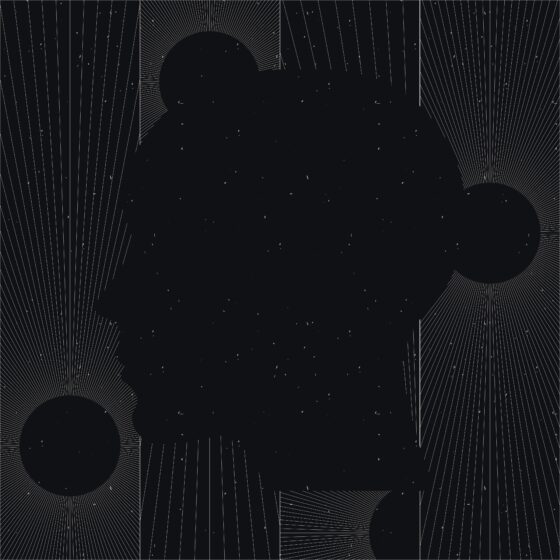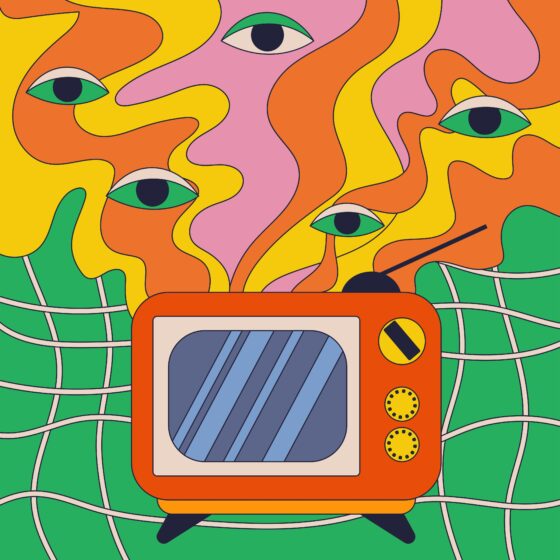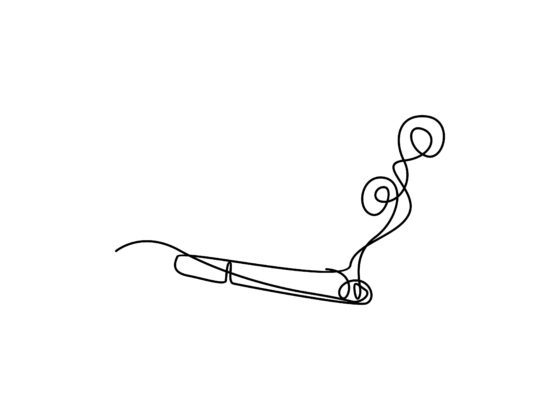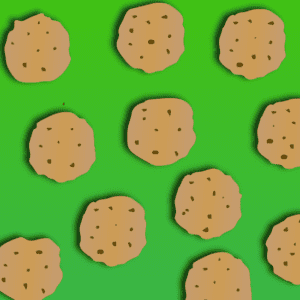
When I was a kid—five, maybe six years old—I’d ask my mother, again and again, to read If You Give a Mouse a Cookie. If you were born in the late eighties, chances are you know this book or the series it spawned—If You Give a Moose a Muffin, If You Give a Pig a Pancake, and so on. The general premise: a cute animal receives a treat that unleashes a series of subsequent requests. These tasks inevitably lead the mouse, moose, or pig to another cookie, muffin, or pancake on the book’s final page.
I’m not sure why If You Give a Mouse a Cookie enthralled me more than other books. Maybe there was something satisfying about the mouse’s every wish being granted right away—a cookie, a glass of milk, nail scissors to trim his hair. It didn’t seem to matter why the mouse went from need to need to need. The mouse knew what he wanted, and maybe it was comforting to listen to my mother tell a predictable story.
There are lots of ways to miss someone, and in the nine years since my mother died, I’ve collected quite a few. There’s missing the small stuff, like her mannerisms (the way her laugh lifted her glasses), or her stubborn habits (how she printed out MapQuest directions well into the 2010s), or her common refrains (her sarcastic, that’s why they pay you the big bucks every time I complained about teaching). And there’s the heavier stuff, like how she knew I wanted to be a writer but never got to see my name on a book. And the impossible to hold things, like how she never met my wife.
Recently, I’ve found that many of my memories feel less definite without her. As more time passes, what we shared starts to dissolve.
I can’t remember much about how my mother read picture books, like if she changed her voice for each character. Though, there’s only one voice in If You Give a Mouse a Cookie. It has a sort of divine omniscience, an if you do this expect this authority.
I do remember—now, thirty years later—the nodding relief with which my mother read the book’s final page: “He’s going to want a cookie to go with it.”She seemed to exhale on the mouse’s behalf. Thank God, another cookie.
I lived with a stopwatch buried in some fold of my brain for years. Without fail, the timer triggered whenever I tipped a can vertical to extract final drops or when ice from the bottom of a drink collided freely with my teeth. The clock would tick—louder as time elapsed—until the next can cracked or ice floated and hissed, buoyed in a refilled glass. When my stopwatch ran, all I could think about was the next can, bottle, or secret sips when no one else was in the kitchen.
I operated with a heavily pruned decision tree. I engineered booze-friendly environments, situations that ensured my stopwatch wouldn’t run for long. This meant carting more bottles than I could carry to parties under the guise of wanting to share or faking particular tastes to cover for why I just had to order another beer because this one was dry-hopped and aged in an oak cask.
It meant buying outrageously large travel mugs. Or creating intricate reward systems—a drink if you grade three essays, if you pack two boxes, if you prep a meal, if you fold your laundry, build a bookcase, mop the kitchen. It meant giving my father, who barely drinks, a cocktail shaker and Negroni ingredients for his birthday to create a pretense for gin in the house. If the initial bottle was in place, I could drain it and secretly replace it whenever I visited.
Most teaching materials for If You Give a Mouse a Cookie suggest using the book to teach kids about cause and effect. For showing how actions have reactions. One thing leads to the next. Some of the more ambitious plans discuss the concept of a circular story. These materials recommend asking kindergartners if they think the story will unfold precisely the same way if it begins again after the mouse gets his cookie on the final page.
Not surprisingly, rodents have a long history of use as test subjects in addiction studies. However, researchers prefer rats to mice, as there are many neurochemical similarities between an addicted rat brain and an addicted human brain. For example, many studies reference how magnetic resonance spectroscopy—a tool for measuring biochemical compounds in the brain—reveals nearly identical neurotransmitter activity in addicted rats and addicted humans. All this to say, ethanol-addicted lab rats have the same stopwatch as me.
Most of the studies rely on similar procedures. The first step is to get the rat hooked, as hard-drinking rats do not naturally occur. The rat becomes dependent—it goes from ethanol to ethanol to ethanol because of an all-powerful gloved hand.
Typically, researchers coax the rat to suckle from an ethanol solution by sweetening the mixture with sucrose. The key is enticing the rat to choose this solution instead of water, to train him, over weeks, to press a lever to dispense the alcohol until he chooses it every time.
Science is curious about what happens when the addicted rat is cut off. How long will he press his lever after the tap goes dry? Or, researchers try to mimic an alcoholic’s relapse by providing the recently sober rat with an ethanol solution spiked with bitter, unappealing quinine. Nearly without fail, despite the taste, the rat relapses and guzzles with abandon. He does what he was trained to do.
In numerous interviews, Laura Numeroff, the author of If You Give a Mouse a Cookie, has explained the inspiration for her book. As she tells it, she was bored on a long road trip, daydreaming about various animals nibbling on her favorite snacks. But as soon as she imagined a giant Mrs. Fields–style cookie in a mouse’s paws, the story cascaded from there. She drafted the whole tale, cookie to cookie, over the rest of the ride.
I’m not saying I don’t believe her, and I’m not saying there has to be something darker at the story’s core. But there is something about that mouse—his need. Did the mouse have a rough childhood? Did his father also crave cookies? Is there something lurking in the mouse’s past?

Of course, this has all been parodied. If You Give a Bunny a Beer, published in 2018, is the first in Sam Miserendino’s Addicted Animals series—other titles include If You Give a Kitty a Cocktail, If You Give Bear a Bong, and so on. It’s what you’d expect. A bunny has a bunch of beers, hits on a troll doll, fights a stuffed lion, crashes a toy car, and wakes up hungover in a hamster cage—all the typical drunk guy story beats.
This is all fair enough. And who am I to judge this bunny or his creator? But still, the story feels incomplete. We don’t know why the bunny wants beer after beer after beer.
For a long time, I believed that my mother’s death planted the stopwatch in my brain. That the way she died made me careen from drink to drink.
There’s no way to explain the way my mother died without causing shock. Even this way, not explaining it has that effect. But here’s the way I always write it: I was twenty-seven when my brother killed our mother.
I’ve written it—it, that sentence, my brother killed our mother—so many times.
But this, the shock of it—it, my mother’s death, my brother killing our mother—can be a reason. Can be a cause for an effect. Can be why I poured Jamison into thermoses. Why I passed out next to coffee tables lined with bottles.
When my mother read to me, she paused before turning a page to ask me what I thought would happen next. But if we were reading from one of our familiar books, she’d ask me to make something up. What else could happen next?
I could do this for other books. I could suggest a different project for Mike Mulligan and his steam shovel, or I could find a way for the boy to stay with Maurice Sendak’s wild things.
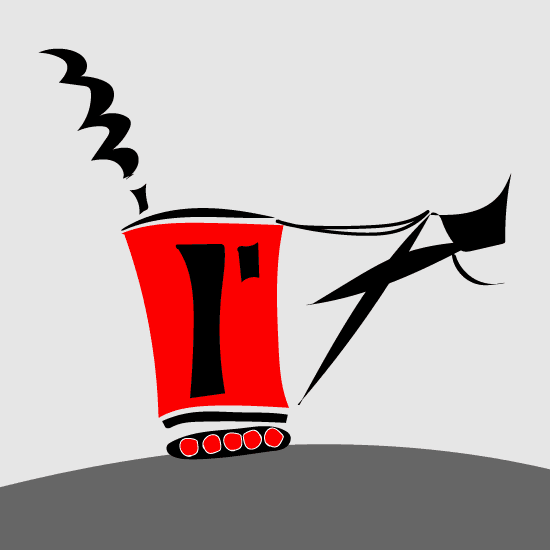
I could have suggested something else for the mouse, something small, another delay, but the mouse was going to get his cookie no matter what I suggested. I couldn’t have explained why.
But does it matter if you give a reason, if you call it God, grief, neurochemicals, or something fucked in my brain? A scientist pipetting ethanol into a rat’s cage, or a children’s author writing a circular story?
If you give me a chance, I might tell you that I drank because my brother killed our mother. That I built a cage of bottles because what else could I have done after that.
But if you give me time, if you give me years without my mother, I’m not sure that why will matter. The cookie still waits on the last page.
***
Rumpus original art by Ian MacAllen
Voices on Addiction is a column devoted to true personal narratives of addiction, curated by Kelly Thompson, and authored by the spectrum of individuals affected by this illness. Through these essays, interviews, and book reviews we hope—in the words of Rebecca Solnit—to break the story by breaking the status quo of addiction: the shame, stigma, and hopelessness, and the lies and myths that surround it. Sisters, brothers, mothers, fathers, adult children, extended family members, spouses, friends, employers or employees, boyfriends, girlfriends, neighbors, victims of crimes, and those who’ve committed crimes as addicts, and the personnel who often serve them, nurses, doctors, social workers, therapists, prison guards, police officers, policy makers and, of course, addicts themselves: Voices on Addiction will feature your stories. Because the story of addiction impacts us all. It’s time we break it. Submit here.


